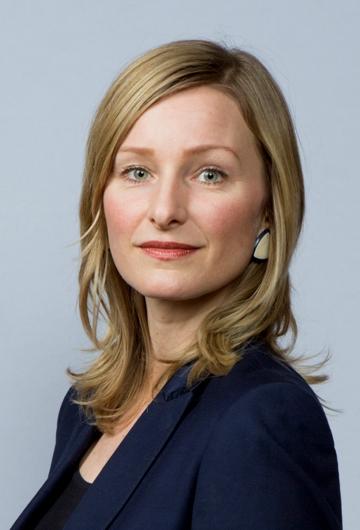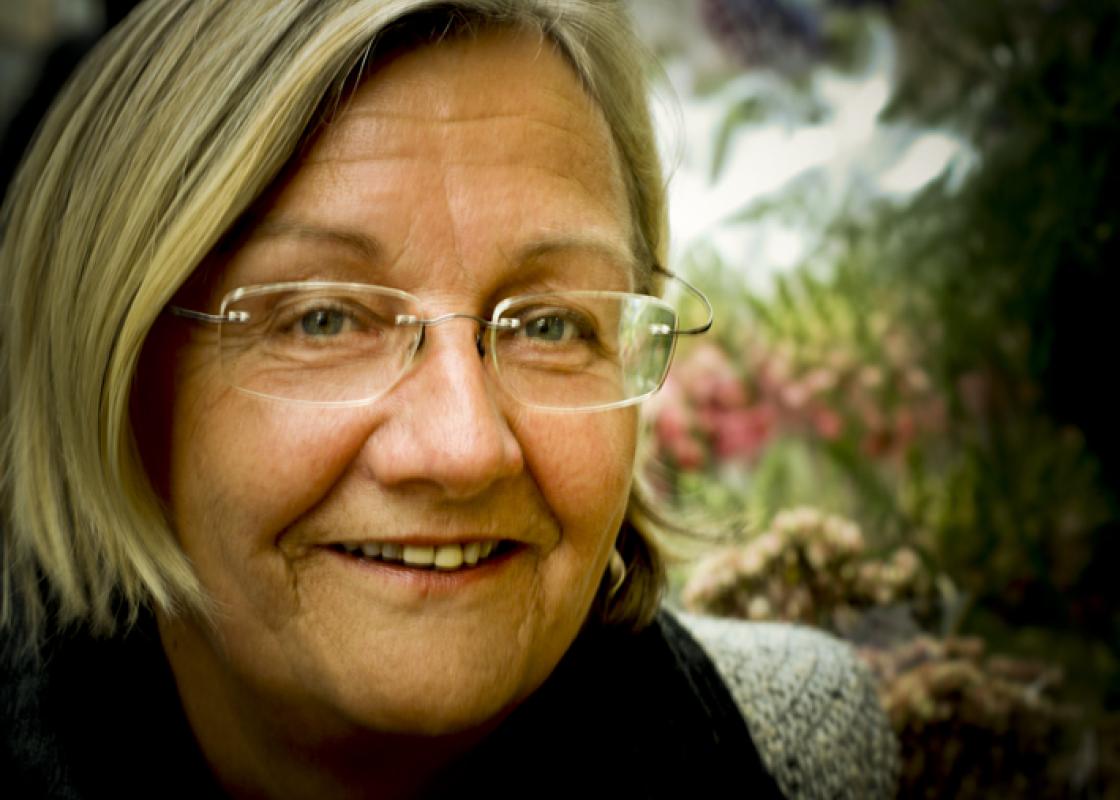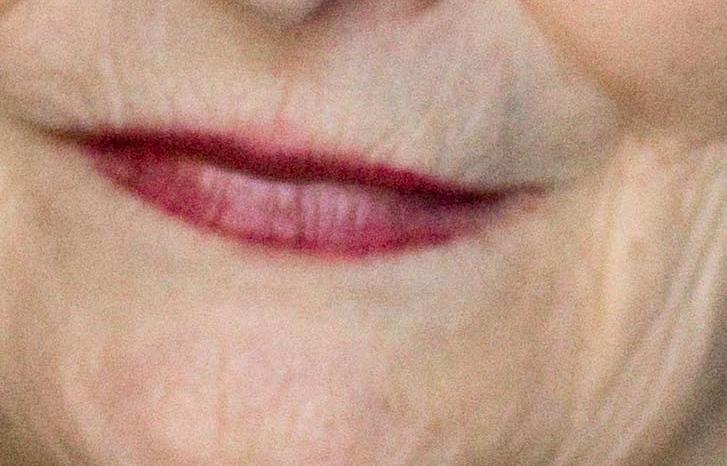“Politicians often complain that the ‘toolbox is empty’. In the field of equality it seems that the toolbox itself is missing,” says Hege Skjeie, chair of the Equality Commission. In September she submitted the commission’s second report Politikk for likestilling (“Policy for Equality”) to Minister of Children, Equality and Social Inclusion Inga Marte Thorkildsen.
A long way to go
They are white, they are ethnic Norwegian, they are men – and they reign supreme in the winner’s circle. After several decades of equality policy, majority men still earn the most, dominate the media and wield the most power in politics, at the expense of women and minorities.
“Gender equality has not gone too far. It has come up short,” states Thorkildsen. She is especially concerned about getting this message across to the younger generation.
An Impressed Minister
“Some young people are lukewarm towards the whole issue. They don’t think gender equality is very important. Paradoxically, this generation enjoys a great deal of freedom because of the previous generation’s work to advance gender equality,” says Thorkildsen.
“Today there are very few people trying to overturn the abortion law. There are crisis centres throughout the entire country and soon there will be incest centres in all the counties. We have a single Marriage Act that applies to both heterosexual and homosexual couples as well as an Equality and Anti-discrimination Ombud. The list is long. And why? Thanks to the tireless efforts of politicians, journalists and alliances between women and men. But we still have a long way to go before we achieve full equality at all levels,” states the Minister, adding that she is impressed by the work of the Equality Commission.
Daily efforts
“We have been asked to help with formulating new policy, and we have done that. Our recommendations are based on a review of the status of equality in key areas that impact living conditions. We have identified four focus areas: representative government, freedom of choice, distribution of resources and vulnerability,” says Skjeie. She thinks it is high time that equality moves from paper to practice.
“Equality policy needs to break out of the action plan format. Too often the action plan is the only way politicians demonstrate their power to act. Equality policy must be long term and knowledge based, and it must build on solid institutions,” she emphasises. She describes the road to equality as one built on ordinary daily efforts.

Fairness
The report is based on the broad lines of thinking in equality policy developed in Norway since the early 1970s. Key areas such as political participation, education, employment, caregiving and protection against harassment and violence are thoroughly discussed.
Why do we need equality at all? The commission says fairness is the reason.
“Each and every one of us has a right to equality, which stems from the respect each and every one of us has a right to as an individual. A society that does not guarantee its citizens this respect, these rights and this concept of citizenship, is an unfair society.”
No world champion of gender equality
Norwegians are known as the world champions of gender equality! Is this because they excel at it or because the competition is so weak? There is now much evidence to suggest the latter, and Skjeie gives a simple explanation for why Norway always comes out on top in international gender equality rankings.
“It is mainly due to relatively good gender balance in higher education, in employment and in administrative and political leadership positions. The percentage of women pursuing a higher education and the percentage of working mothers with small children helps Norway to rise to the top statistically,” says Skjeie, who sheds light on the dark side of the myth.
“The statistics don’t say anything about the working environment in companies, about recruitment practices in the care services sector, about the risk of violence or about the extent of gender stereotypes in schools and pre-schools.”
Concrete measures
“In order to fight sexual harassment among adolescents, it is crucial that all the upper secondary schools throughout the country learn effective measures from each other. In order to solve the problem of part-time employment in the municipal health and care services sector, all types of nursing homes, residential care homes and home-based services must take responsibility. In order for minority women and men to participate in working life on equal footing with the majority, concrete recruitment practices in various types of local enterprises must be developed,” concludes the commission’s chair.
See also: Female minority politicians favoured
Women as part-time employees

The commission describes working life in Norway as unequal with regard to gender as well as class. Women hold part-time jobs more often and over longer periods than men, and women with less education work part time more often than women with more education. The commission also points out a connection between part-time work and the gender-segregated labour market. For example, female-dominated professions have strong guiding principles that encourage part-time work.
The report clearly highlights that the gender segregation in the labour market is tied to processes that create inequalities in wages, status and opportunities for development. According to the commission, strong guiding principles maintain persistent ideas about what is “womanly” and “manly”, resulting in a continuation of the gender divide.
Violence and discrimination
The report shows that little is known about the extent of discrimination in Norway. There is a lack of regular national surveys, such as on gender discrimination, and the measures that have been implemented are not adequate.
Today it is difficult for people in vulnerable situations to take full advantage of the Norwegian welfare and court systems. The task of informing people about their rights falls mainly on non-governmental organisations. The commission believes that the lack of free legal assistance is one of the reasons that so few discrimination cases come before the courts.
To improve the current situation, the commission is calling for free legal assistance in discrimination cases, funding for legal information, legally established reception centres for victims of sexual violence and a nationwide, 10-year programme to combat sexual harassment in youth environments.
See also: The secret behind Norway's gender quota success
Directorate for equality
In November 2011, the Equality Commission submitted its first report Struktur for likestilling (“Structure for Equality”), which recommended the establishment of a separate directorate for equality. The commission is putting emphasis on this now that the second report is ready and its work is concluded.
“For those who believe in simply making piecemeal improvements here and there, we want to warn them that they are ignoring the facts, experience and powerful traditions within the public administration. We got many knee-jerk reactions when we proposed establishing a regional directorate. People from the right to the left in the political landscape are afraid of bureaucracy right now. But of course we knew what we were doing when we recommended it. Our advice is grounded in knowledge and professional expertise,” says Skjeie.
Translated by Connie Stultz.
The Equality Commission was appointed by the Norwegian Government in February 2010. The commission, which has researchers as its members, has been chaired by Professor Hege Skjeie. The objective has been to investigate Norwegian equality policy with regard to gender, phase of life, ethnicity and class.
The Equality Commission submitted its second report, Norwegian Official Report 2012:15 Politikk for likestilling (“Policy for Equality”) to Minister of Children, Equality and Social Inclusion Inga Marte Thorkildsen on 25 September 2012. This concluded the commission’s comprehensive work which sought to create a framework for a cohesive, knowledge-based equality policy in Norway. Earlier the commission submitted Norwegian Official Report 2011:18 Struktur for likestilling (“Structure for Equality”).
The recommendations and conclusions from the Equality Commission have received enormous attention from researchers, politicians and the media in Norway.



